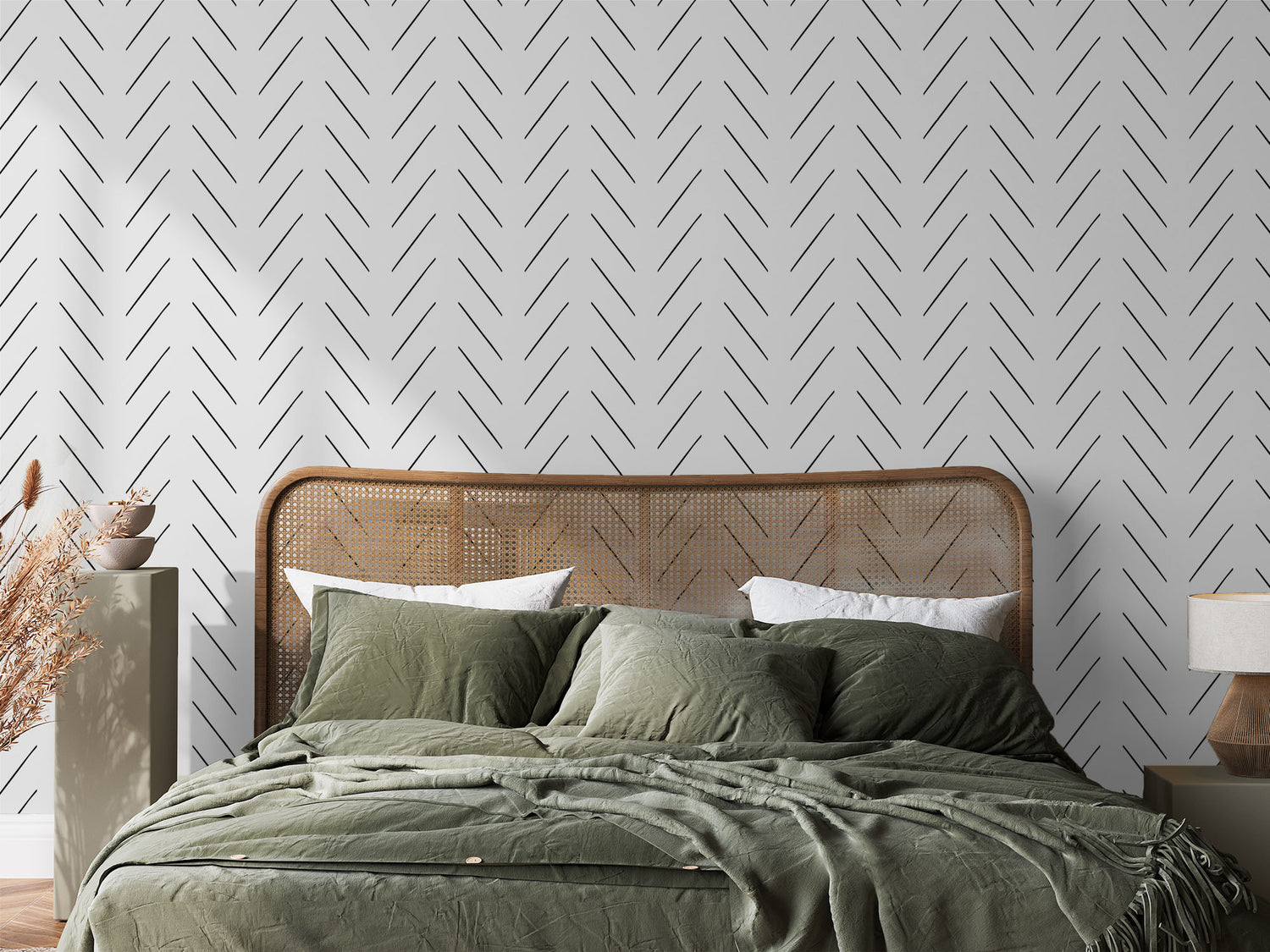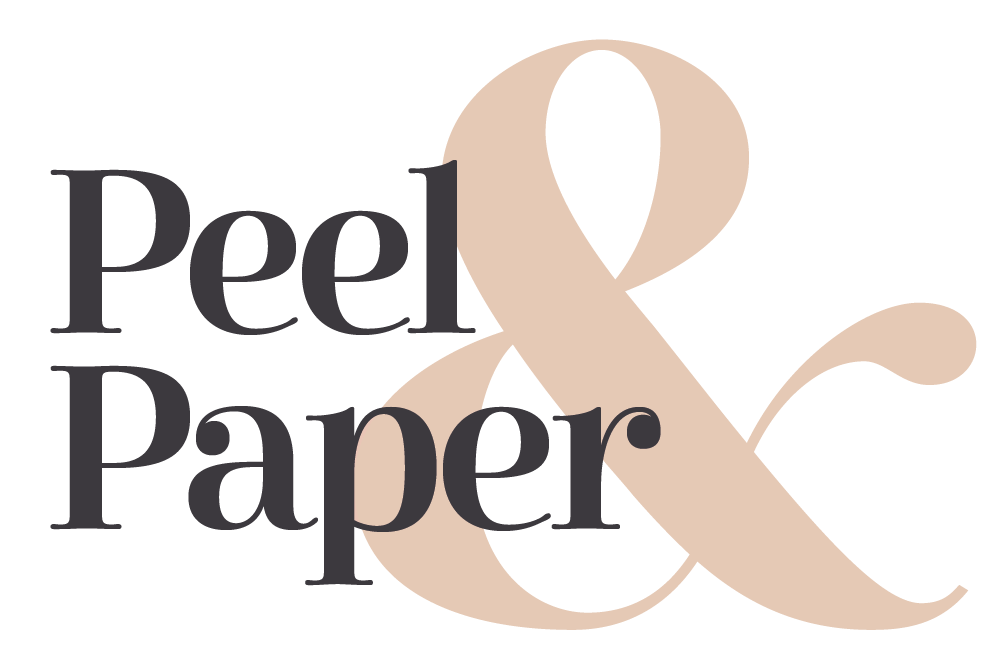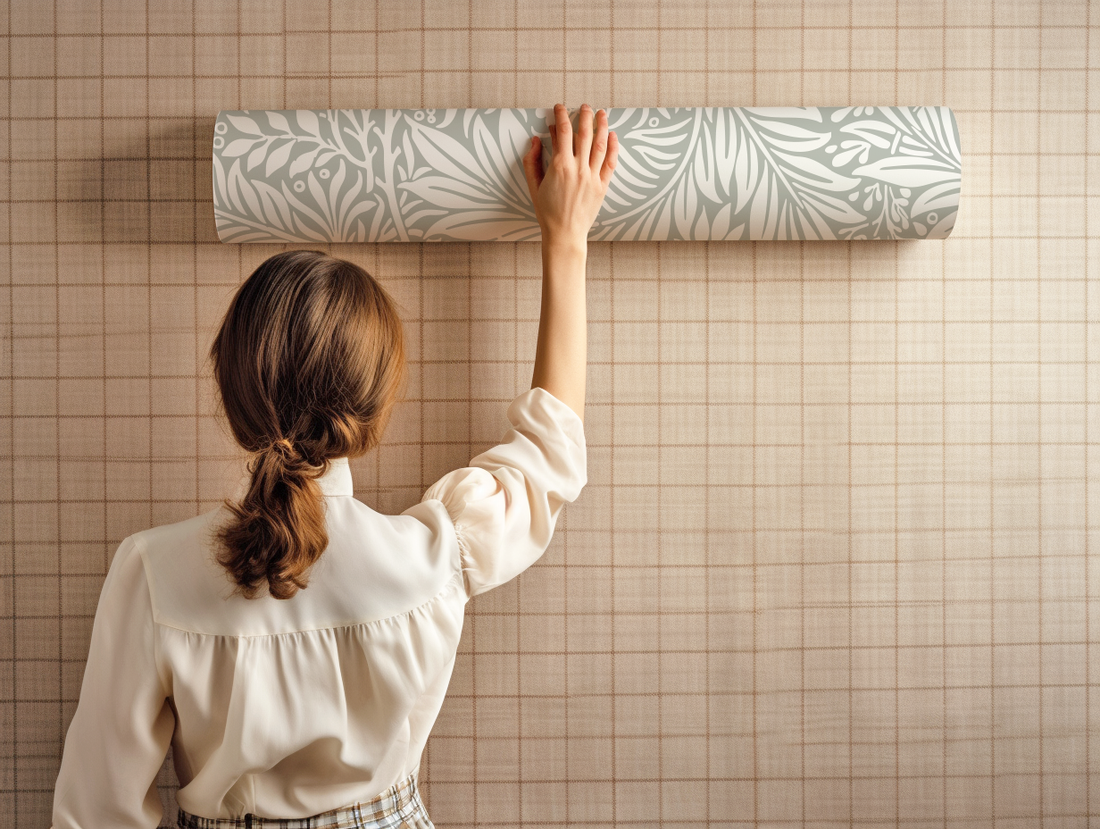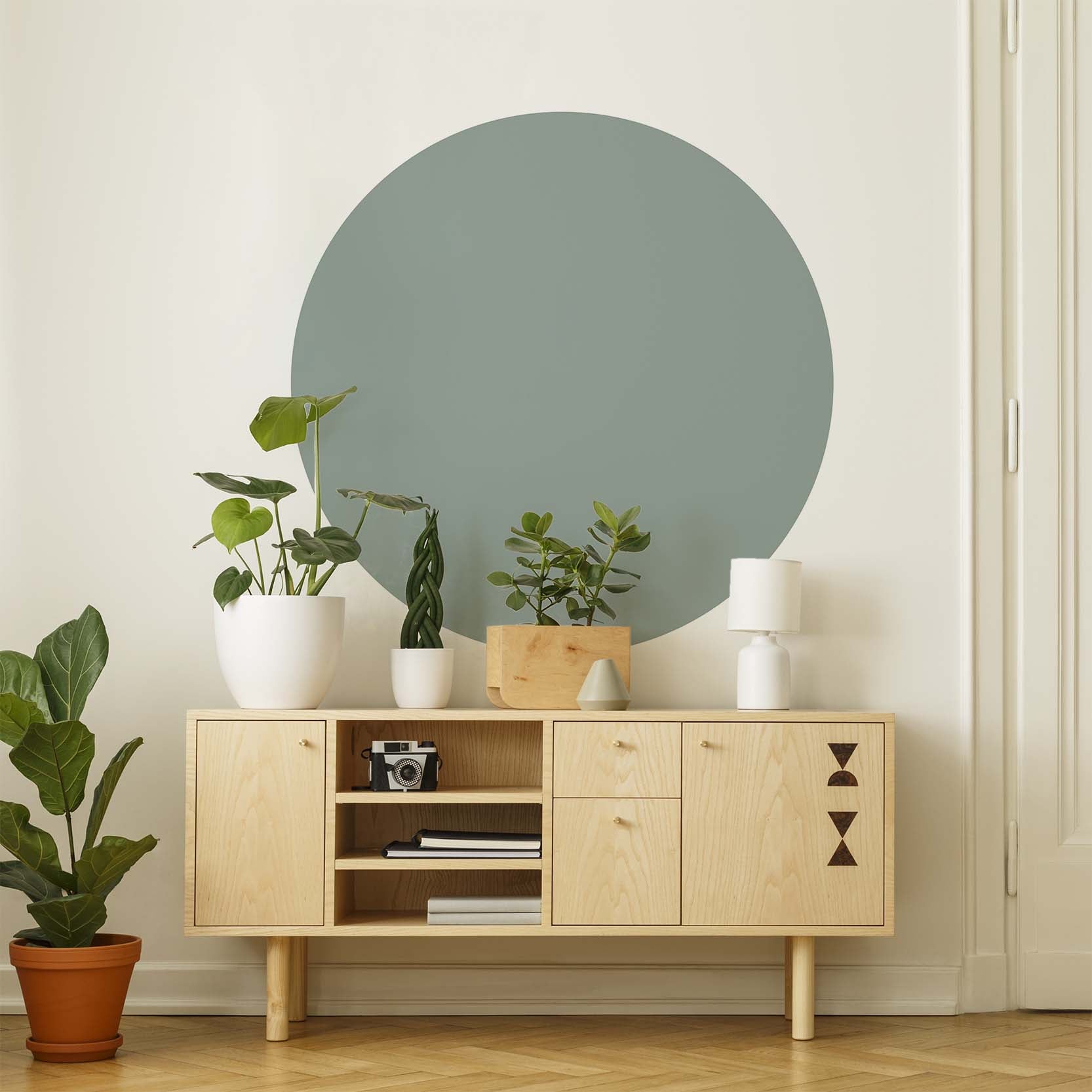Wallpapering is a popular choice for adding character and style to our homes. However, as trends and personal preferences change, homeowners often wonder if it's practical to hang new wallpaper over an old layer. This detailed guide explores the complexities of this issue, providing useful tips and guidance for those considering this decorating method.
Understanding Wallpaper Types
When deciding to either overlay or replace existing wallpaper, it's crucial to be aware of the type of wallpaper currently in use. Different wallpapers, such as traditional paper, peel-and-stick, vinyl, or fabric, respond differently to adhesives and the application of new layers.
- Traditional Paper Wallpaper: This type is known for its porous nature, which usually allows it to bond effectively with new adhesive layers. This makes it a good candidate for overlaying with new wallpaper.
- Peel-and-Stick Wallpaper: Designed for easy removal and reapplication, peel-and-stick wallpapers require careful consideration before overlaying. It's important to assess their current condition and adhesion to avoid problems like peeling or bubbling.
- Vinyl Wallpaper: Vinyl wallpapers are robust and might support a new layer, but their nonporous nature means new wallpaper may not adhere well. Furthermore, layering over vinyl can lead to moisture and mould problems. Therefore, it's generally recommended to remove vinyl wallpaper before applying a new one.
- Fabric Wallpaper: Overlaying on fabric wallpapers can be challenging due to their textured and thick nature. If you plan to layer over fabric wallpaper, sanding it down is essential to create a smooth and receptive surface for the new layer.
Evaluating the Existing Wallpaper
It's essential to carefully inspect the condition of the current wallpaper. Check for any peeling, tearing, or loose edges. If these issues are present, it may be necessary to remove the old layer before moving forward.
Preparing the Surface: Surface preparation includes cleaning the old wallpaper using a gentle detergent and ensuring it is fully dry. If the existing wallpaper has a textured finish, sanding may be required to create a smooth base for the new layer.
Advantages and Disadvantages of Wallpapering Over Existing Wallpaper
Advantages:
- Cost-Effective: Applying new wallpaper over the old can be more economical than removing the existing layer and preparing the walls for new wallpaper or paint. This approach saves on both labour and material costs.
- Time-Efficient: Stripping old wallpaper can be a lengthy and labour-intensive task. Overlaying new wallpaper can significantly cut down on time, offering a faster solution for revamping a room.
- Concealing Imperfections: A new layer of wallpaper can effectively hide minor flaws or damage in the old wallpaper, resulting in a smoother and more refined finish.
- Additional Insulation: Layering wallpapers can enhance insulation and soundproofing, particularly with thicker or textured varieties.
- Versatility: This method allows for an easy change in room aesthetics without extensive wall preparation, ideal for those wanting to experiment with various patterns or styles.
Disadvantages:
- Reduced Durability: Multiple layers of wallpaper can shorten the overall lifespan of your wall coverings. Over time, these layers might peel or separate, leading to a less stable finish.
- Buildup of Thickness: Adding layers increases wall thickness, which can cause issues with fitting furniture and fixtures flush against the walls and may affect door and window frames.
- Pattern Visibility: Layering new wallpaper over an existing pattern poses a risk of the old design showing through, particularly if the new wallpaper is lighter in colour. Using wallpaper samples to test over your current wallpaper is advisable to prevent unexpected outcomes.
- Weaker Adhesion: The adhesive on the old wallpaper may not be the most suitable base for new wallpaper, potentially causing issues like bubbling or peeling in the future.
- Challenging Removal: Future removal of wallpaper may become more difficult and time-consuming with multiple layers, and could potentially damage the wall underneath.
Step-by-Step Guide for Wallpapering Over Existing Wallpaper
- Surface Preparation: Start by meticulously cleaning the current wallpaper. Fix any damage, and sand down any raised seams or textured surfaces. Make sure the wall is completely dry before moving on.
- Selecting the Appropriate Adhesive: Choose a robust, high-quality wallpaper paste, particularly if the new wallpaper is of a heavier type. Using a heavy-duty adhesive will help prevent any sagging or peeling.
- Applying the Wallpaper: Begin the application at the top of the wall, carefully aligning the new wallpaper and smoothing it downwards. Utilise a wallpaper smoother to remove air bubbles and ensure a secure bond, focusing particularly on the edges. Each wallpaper order from us includes a smoother with a felt edge, designed to ensure an optimal application without harming your new wallpaper.
Options Besides Wallpapering Over Existing Wallpaper
When the current wallpaper is in a deteriorated state, removing it entirely is often the preferable choice. This ensures the wall can be properly prepared for a new application.
If, however, only a section of your wallpaper is damaged, using a wall sticker can be an ideal solution. This approach is not only straightforward and economical, but it also effectively covers any wall defects. Restowrap offers a wide range of wall stickers that not only conceal imperfections but also add a touch of flair and visual appeal to your walls. These stickers are crafted to integrate smoothly with your existing decor, providing a quick and effortless enhancement to your room's overall look.
Typical Errors to Steer Clear Of
Several frequent missteps involve hastening the task, neglecting to assess the state of the existing wallpaper, and selecting an unsuitable adhesive. Steering clear of these errors can greatly enhance the success of your wallpapering endeavour.
Looking After Layered Wallpaper
Maintaining layered wallpaper requires careful cleaning with a lightly dampened cloth. It's important to steer clear of strong cleaning agents or too much water, as these can harm the wallpaper and compromise the adhesive's effectiveness.
Cost Considerations
Choosing between overlaying new wallpaper or removing and replacing the existing layer involves a key consideration of cost. Overlaying is typically more economical and faster, bypassing the labour-intensive removal stage. This method necessitates new wallpaper and adhesive but reduces labour and disposal expenses. Conversely, removing and replacing wallpaper can be more costly due to the extra labour, removal materials, and potential wall repairs required. The decision should be based on the state of the current wallpaper, your budget, and the intended result.
Environmental Factors
When deciding to overlay or replace wallpaper, sustainability is a key factor. Overlaying minimises waste as it eliminates the need to remove the existing wallpaper. Our murals are made from FSC-approved paper and has a water-based adhesive which is non-toxic and free from solvents. However, if the existing wallpaper is damaged or contains harmful substances, its sustainability decreases due to a potentially reduced lifespan. Conversely, replacing the wallpaper allows for responsible disposal of old materials and proper wall maintenance. Our wallpapers are not only eco-friendly but also tailor-made to ensure a precise fit, thereby reducing unnecessary waste.



